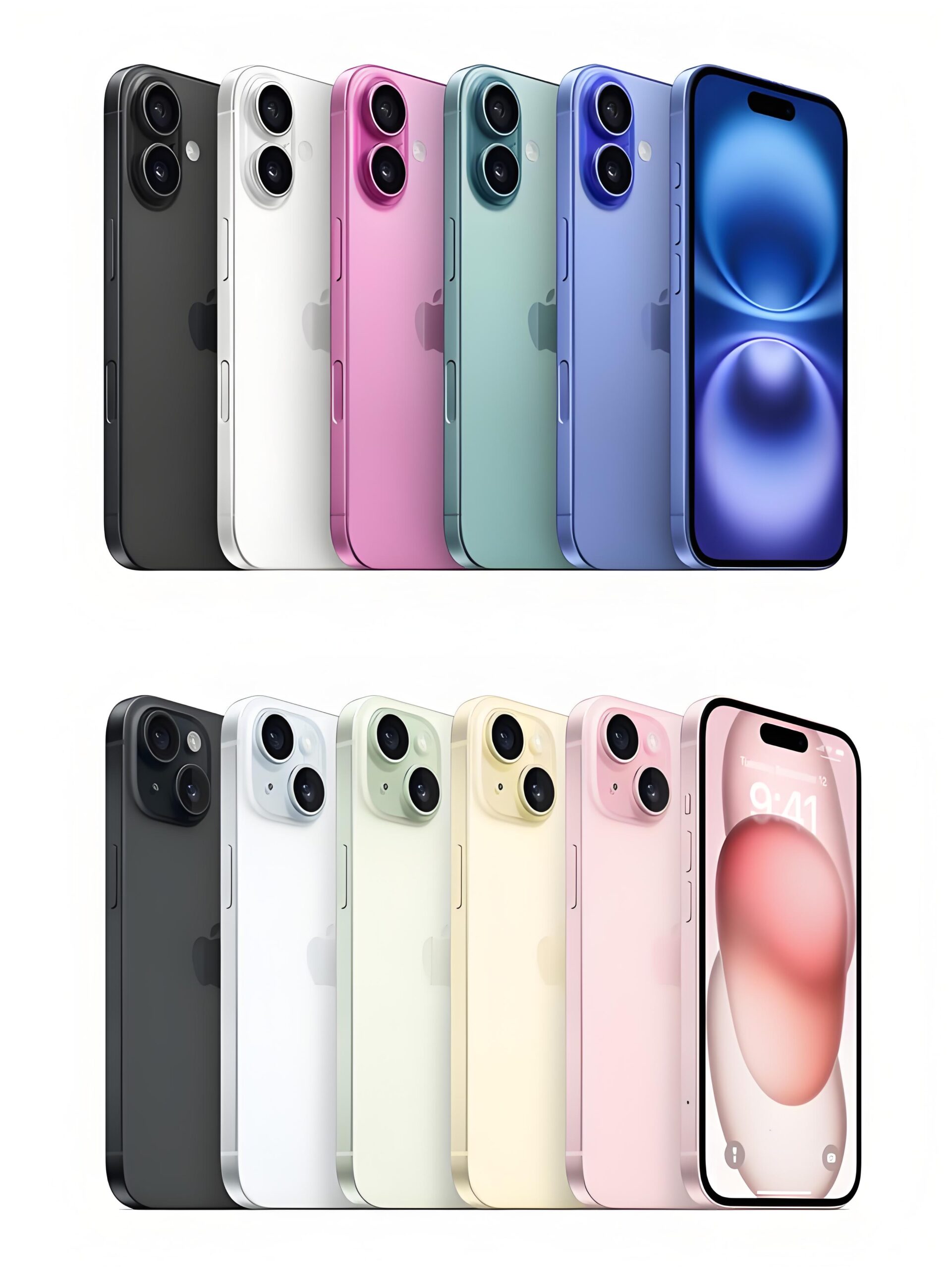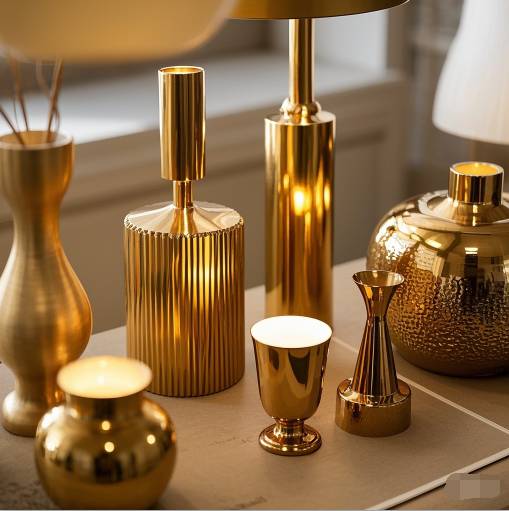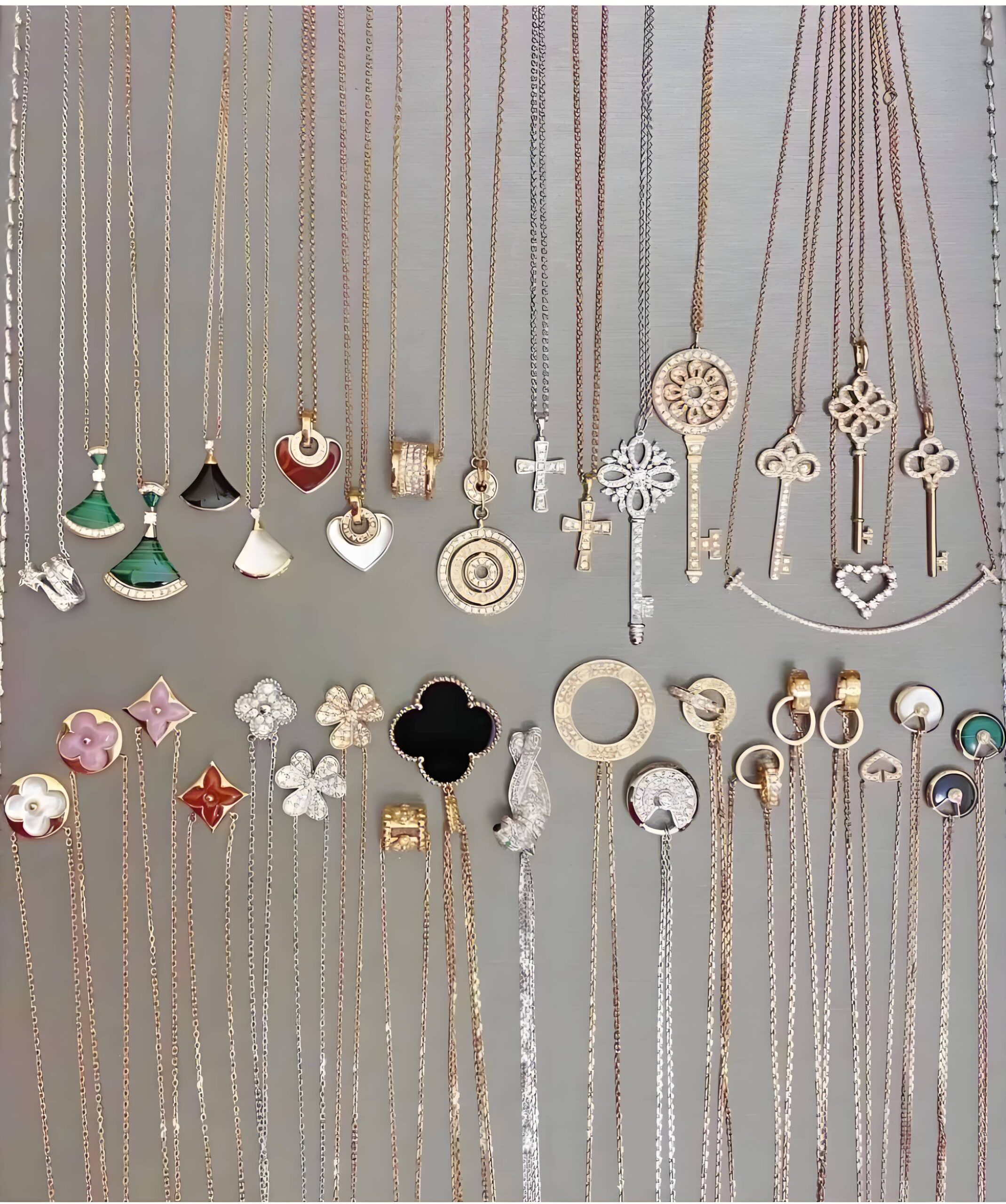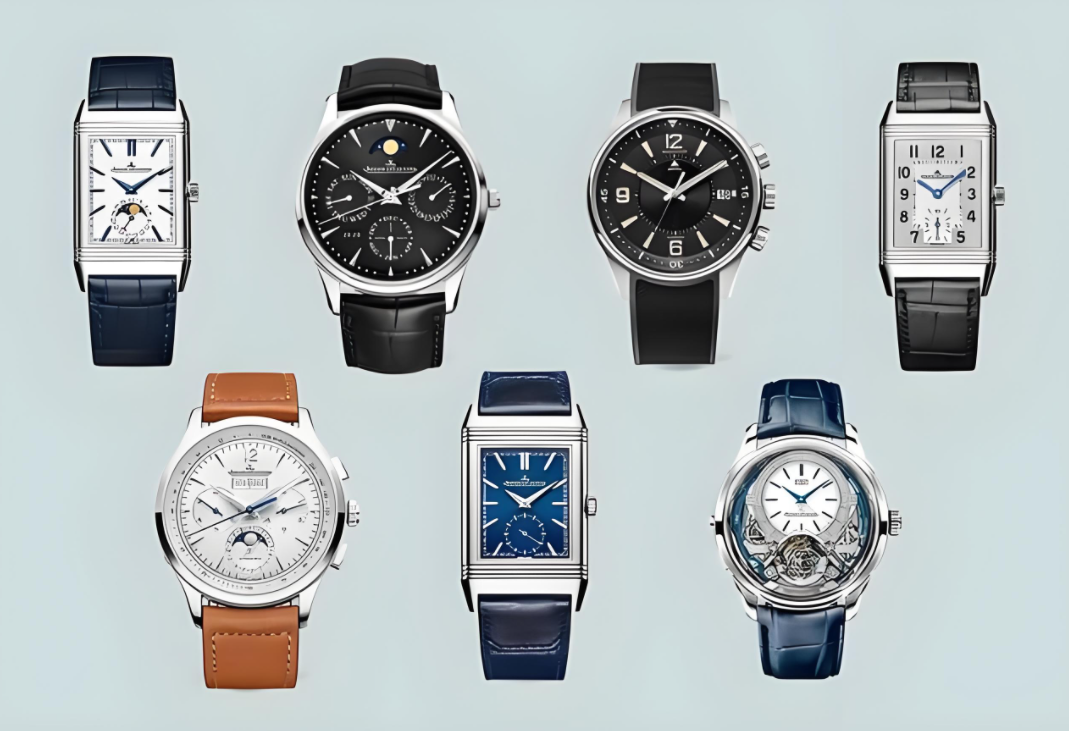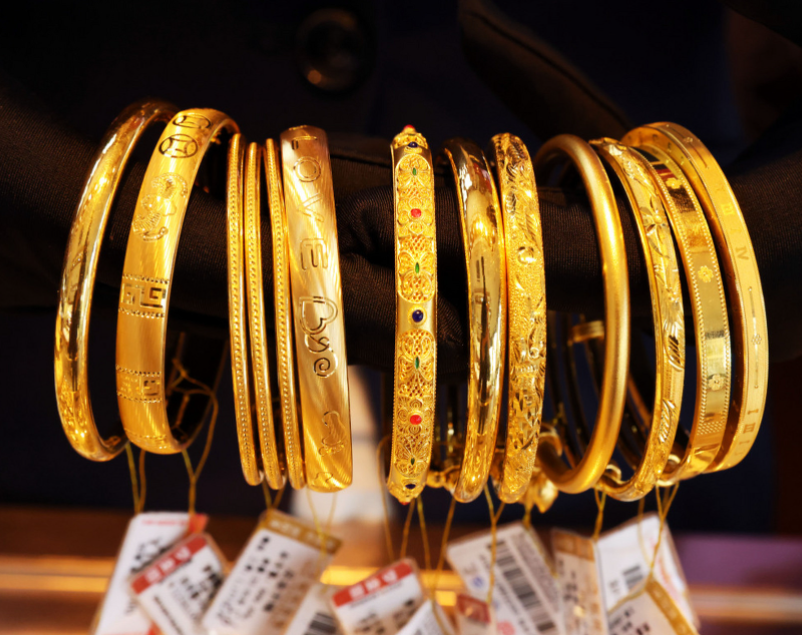
Welcome to the captivating world of jewelry metals & alloys, where glimmering pieces of art are crafted to dazzle. From shimmering gold to lustrous silver, and beyond, these precious materials are the key to unlocking beauty and sophistication. In this article, we embark on an exciting journey to uncover the secrets hidden within jewelry alloys and metals. We will delve deep into their composition and explore the unique characteristics that make each alloy for jewelry distinct. Whether you’re a jewelry enthusiast, a curious consumer, or an aspiring designer, this exploration will expand your knowledge and appreciation for these shimmering treasures.
Types of Jewelry Metals
There are various types of metals used in jewelry making, each offering unique qualities. The most popular types of jewelry metals include gold, silver, platinum, and zinc alloy, which often appears in fashion jewelry. Each of these metals brings different strengths, colors, and durability, making them suitable for different purposes.
For example, gold is highly prized for its beauty and workability, but it’s often mixed with other metals to create alloys in jewelry that are more durable. Silver, known for its brilliant shine, is widely used but often combined with copper to create sterling silver, an alloy for jewelry that enhances its strength. Platinum, valued for its rarity and strength, is a durable and luxurious choice for high-end pieces.
Precious Metals Used in Jewelry
Among the types of metals used in jewelry, precious metals like gold, silver, and platinum stand out. Each of these metals has its unique characteristics:
Gold: One of the most popular types of metal, gold has been cherished for centuries. Pure gold is too soft for most jewelry, so it is mixed with other metals to create alloys in jewelry. For example, rose gold is made by blending gold with copper, giving it a warm, pink hue.
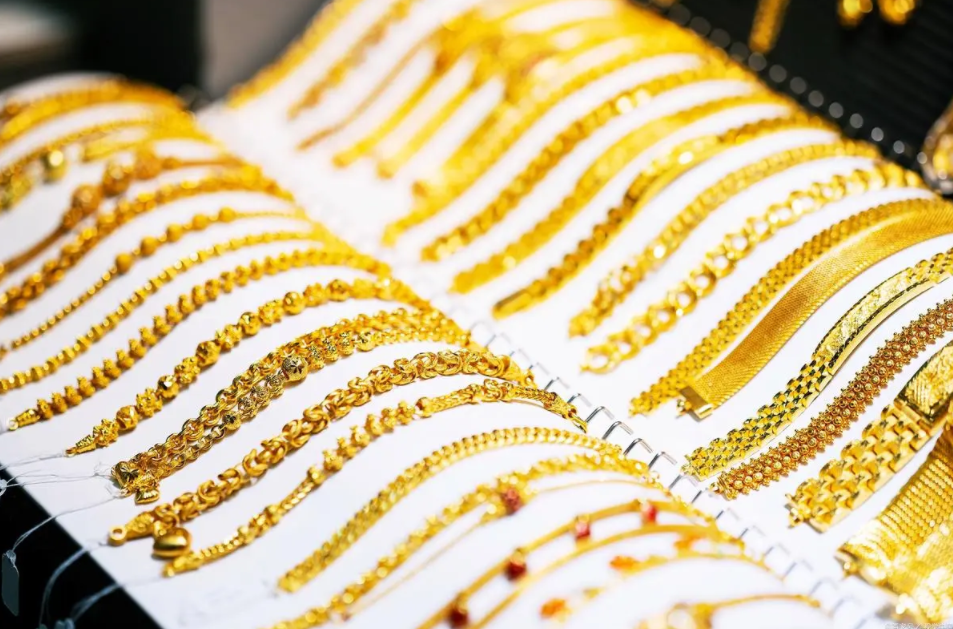
Gold
Silver: Like gold, silver is too soft to be used in its pure form, so it’s typically alloyed with copper to create sterling silver (92.5% silver and 7.5% copper). Sterling silver is highly reflective and widely used in all types of jewelry.
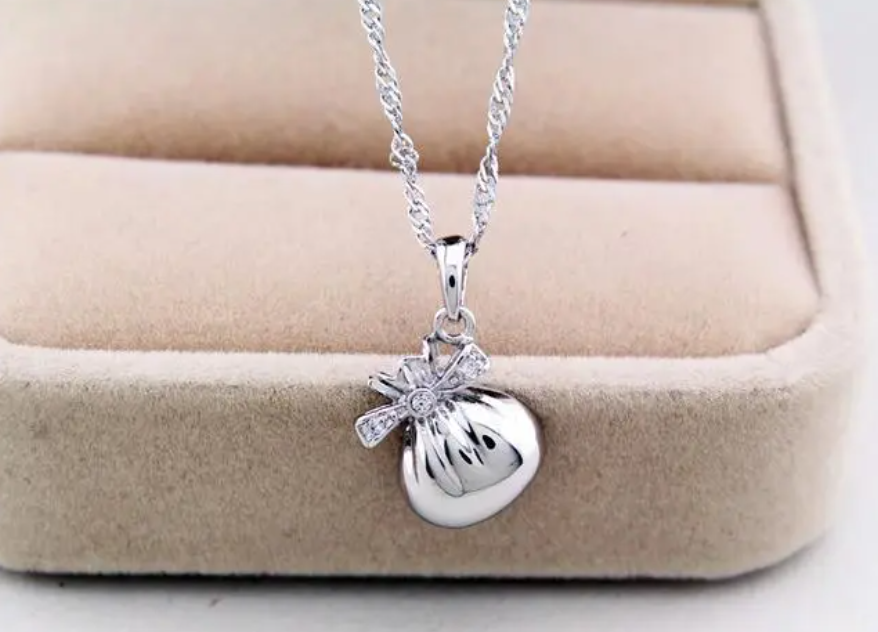
Silver
Platinum: Known for its strength and resistance to tarnishing, platinum is a luxury metal often used for engagement rings and other high-end types of metal jewelry. It is hypoallergenic and extremely durable, making it an excellent choice for everyday wear.
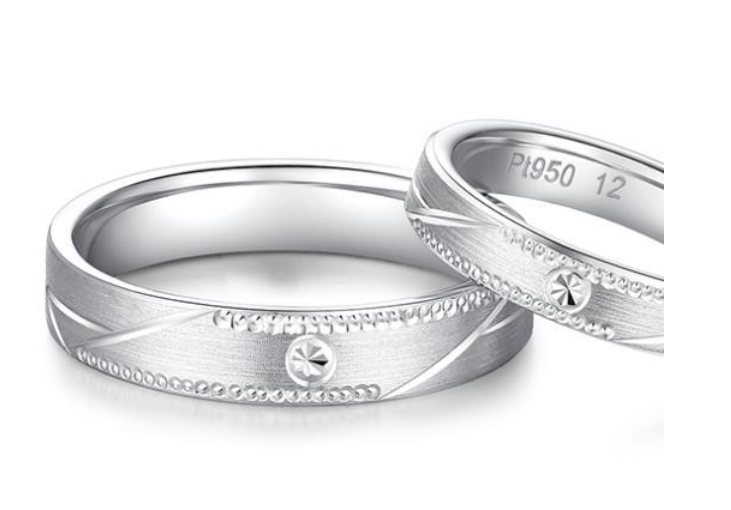
Platinum
Common Alloys Used in Jewelry
Jewelry alloys play a significant role in crafting durable and beautiful pieces. These alloys in jewelry are combinations of metals that enhance the qualities of pure metals. Some common examples include:
Zinc Alloy: Often used in fashion jewelry, zinc alloy is a combination of zinc, copper, and sometimes nickel or lead. It’s an affordable metal type, but a common concern is: does zinc alloy tarnish? The answer is yes, zinc alloy will tarnish over time, especially when exposed to air and moisture, but it can be coated to reduce this effect.
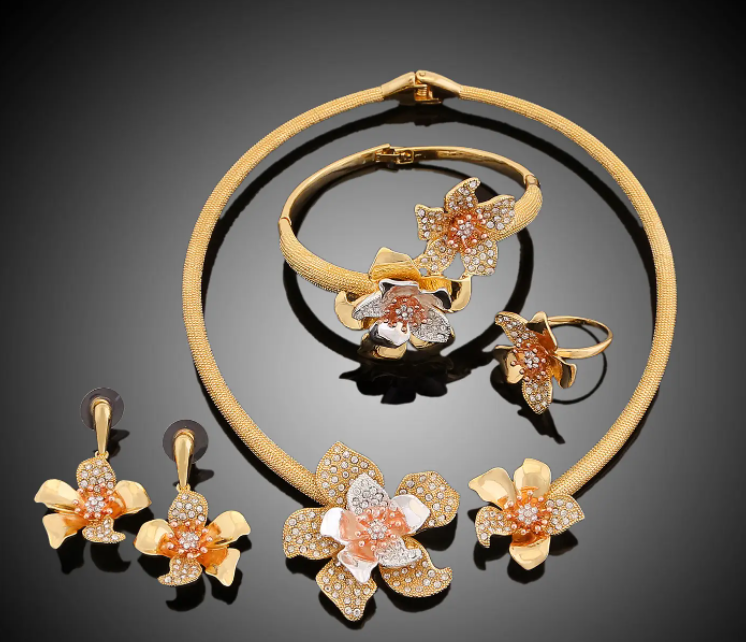
Zinc Alloy
Sterling Silver: As mentioned, this is an alloy for jewelry that consists of 92.5% silver and 7.5% copper. The addition of copper makes silver stronger and more resistant to damage while maintaining its signature shine.
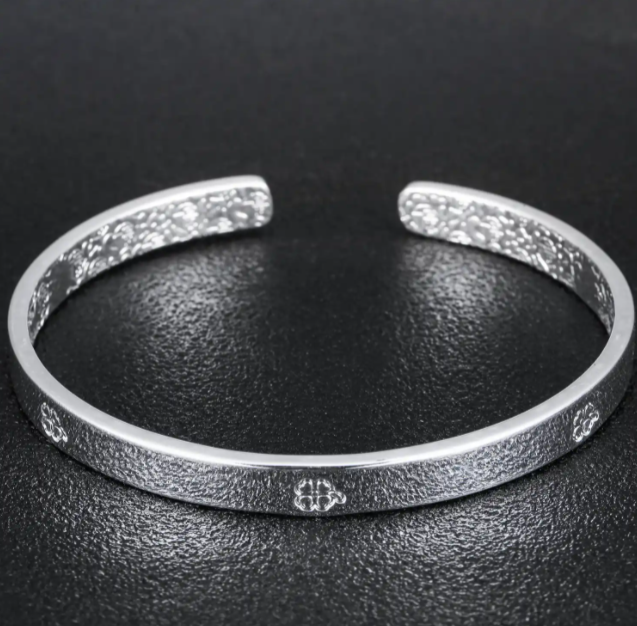
Sterling Silver
White Gold: White gold is another popular alloy jewellery made by mixing gold with metals like palladium, nickel, or silver. The result is a pale, silvery color that resembles platinum but at a lower price point.
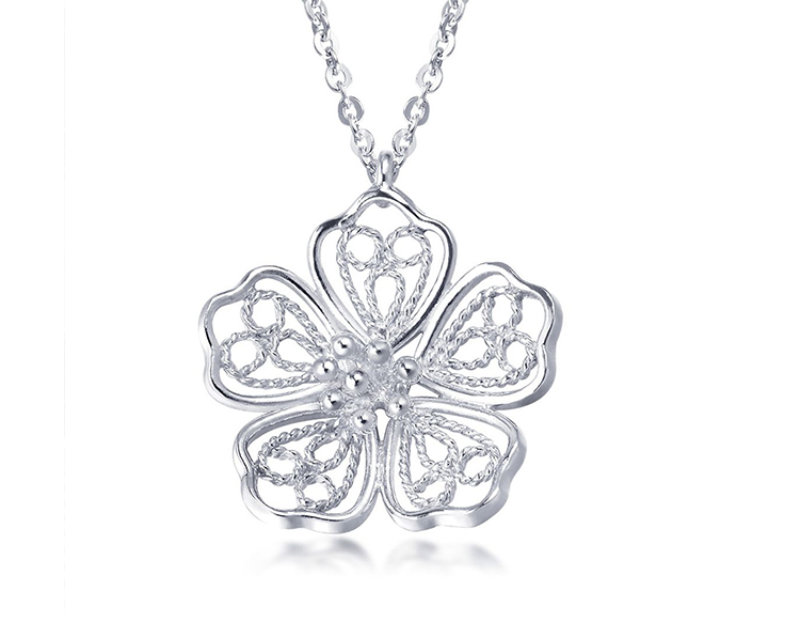
White Gold
Understanding Karat and Purity Levels
Karat is a measure of the purity of gold in an alloy for jewelry. Pure gold is 24 karats, meaning it is 100% gold. However, pure gold is too soft for most types of jewelry, so it is typically alloyed with other metals like silver or copper to create stronger materials. For example:
18K gold consists of 75% gold and 25% other metals. It’s a great balance between durability and beauty.
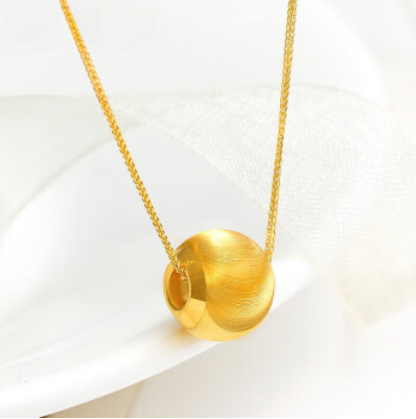
18K gold
14K gold has 58.5% gold and is even more durable, making it ideal for everyday types of jewellery like rings and bracelets.
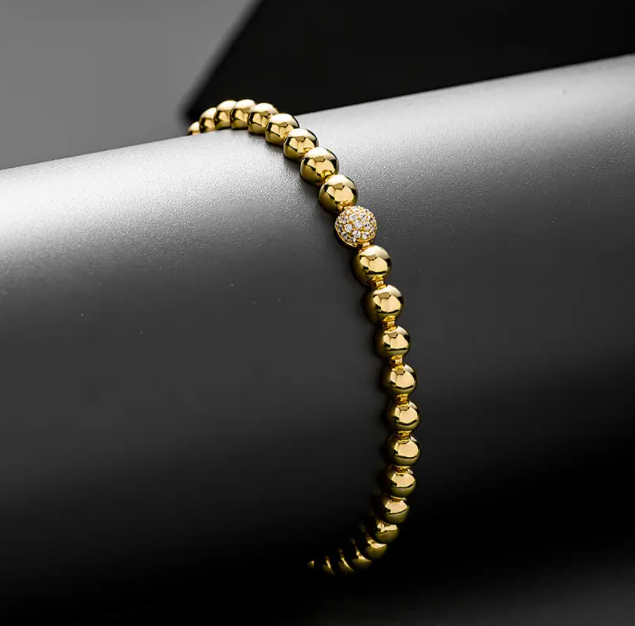
14K gold
Pros and Cons of Different Jewelry Metals and Alloys
Each metal type used in jewelry has its advantages and disadvantages:
Gold: Gold is highly resistant to tarnish and corrosion, making it ideal for long-lasting pieces. However, it can scratch easily, especially in higher karat forms, and is more expensive than other types of metals.
Silver: Sterling silver is more affordable than gold and has a brilliant shine, but it tarnishes easily and requires regular cleaning.
Platinum: Platinum is extremely durable and doesn’t tarnish, making it perfect for everyday wear. Its downside is the high price, often higher than gold.
Zinc Alloy: This metal type is lightweight and inexpensive, making it ideal for fashion jewellery alloys, but zinc alloy will tarnish more quickly than precious metals, and it’s not suitable for everyday or luxury pieces.
Care and Maintenance of Jewelry Metals
Proper care is crucial to maintaining the beauty of your jewelry metals & alloys. Different metals require different levels of care:
Gold: Gold jewelry should be polished regularly and stored separately to prevent scratching.
Silver: Types of metal like silver are prone to tarnishing, so storing it in anti-tarnish bags and using a soft cloth for cleaning will preserve its shine.
Zinc Alloy: Fashion jewelry made from zinc alloy should be kept dry and away from lotions and perfumes to prevent tarnishing.
Popular Jewelry Trends and Metals
Current trends in types of jewellery feature mixed metals and sustainable materials. For example, rose gold and white gold combinations are popular, allowing for a versatile look. Eco-friendly and recycled metals are also gaining popularity as consumers look for more sustainable options in their metal types.
How to Choose the Right Metal for Your Jewelry
Choosing the right alloy jewellery depends on several factors, including durability, budget, and personal style. For example, if you’re looking for a timeless, durable piece, platinum or 18K gold may be ideal. For trendier, everyday wear, zinc alloy or sterling silver can provide an affordable and stylish alternative. Understanding how different types of metal behave and their pros and cons will help you make an informed decision.
The world of jewelry metals & alloys is as dazzling and diverse as the pieces it creates. By exploring the different metal types and their unique properties, you can better appreciate the craftsmanship and beauty behind every piece of jewelry. Whether you’re investing in precious gold, durable platinum, or trendy alloy jewellery, understanding the properties of each material will ensure that you make the best choice for your style and needs. Proper care and thoughtful selection will allow your jewelry to sparkle and endure for years to come.
Share This Story, Choose Your Platform!
We connect you with reliable factories, get the best quotes, deliver straight to your door.

